Kia Seltos Engine – Complete Information About Each Part
Kia Seltos is known in the Indian car market for its style, features, and different engine options. It has both petrol and diesel variants. Let us know about every important part of its engine, one by one.
1. Engine Block
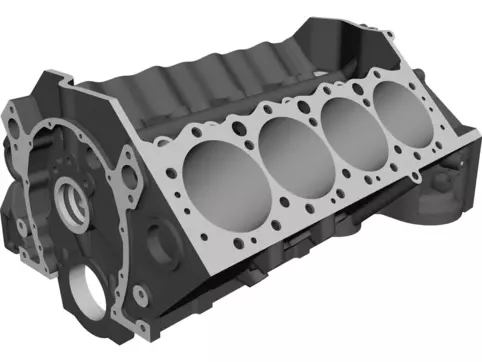
This is the main structure of the engine, in which all the major mechanical parts are fitted.
Inside it are cylinders, coolant passages and oil passages.
Kia Seltos has an aluminum alloy block, which is lightweight and removes heat quickly.
2. Cylinders

Inside the engine block there are round hollow parts in which the piston moves up and down.
Petrol, Diesel and Turbo Petrol – 4-cylinder inline layout is available in all three variants.
3. Piston

The circular part of the metal, which moves up and down in the cylinder.
Transmits the energy of the burning air-fuel mixture to the crankshaft.
Seltos has aluminum pistons, which are lightweight and durable.
4. Connecting Rod

Works to connect the piston and crankshaft.
Converts the direct movement of the piston into rotation.
5. Crankshaft
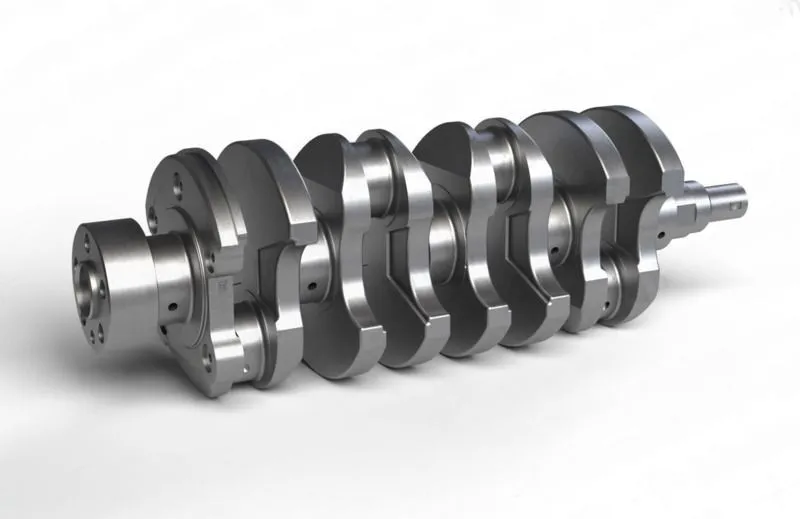
The main rotating part of the engine.
Transmits the power coming from the piston to the gearbox.
It has counterweights for balance.
6. Cylinder Head

Fits on top of the engine block.
It has valves, camshafts, spark plugs (petrol) or glow plugs (diesel).
Controls the flow of air-fuel mixture and exhaust gas.
7. Camshaft

Works to open and close the valve at the right time.
Seltos has DOHC (Dual Overhead Camshaft) technology, which improves both power and mileage.
8. Valves
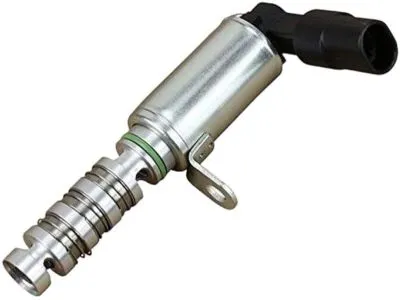
Intake valve – Brings air-fuel mixture into the cylinder.
Exhaust valve – Expels burnt gas.
In DOHC design, the flow of separate intake and exhaust valves remains smooth.
9. Fuel Injector
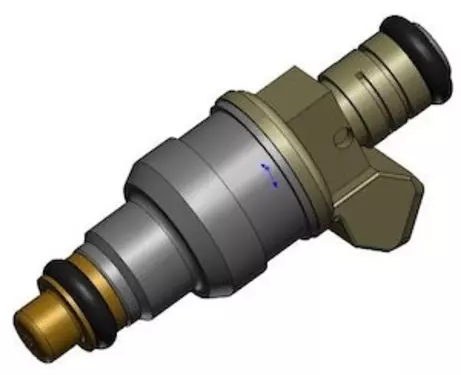
GDI in petrol engine and Turbo-GDI technology in turbo petrol.
CRDi (Common Rail Direct Injection) system in diesel.
Delivers fuel to the cylinder in the form of fine mist.
10. Turbocharger (in turbo variant)
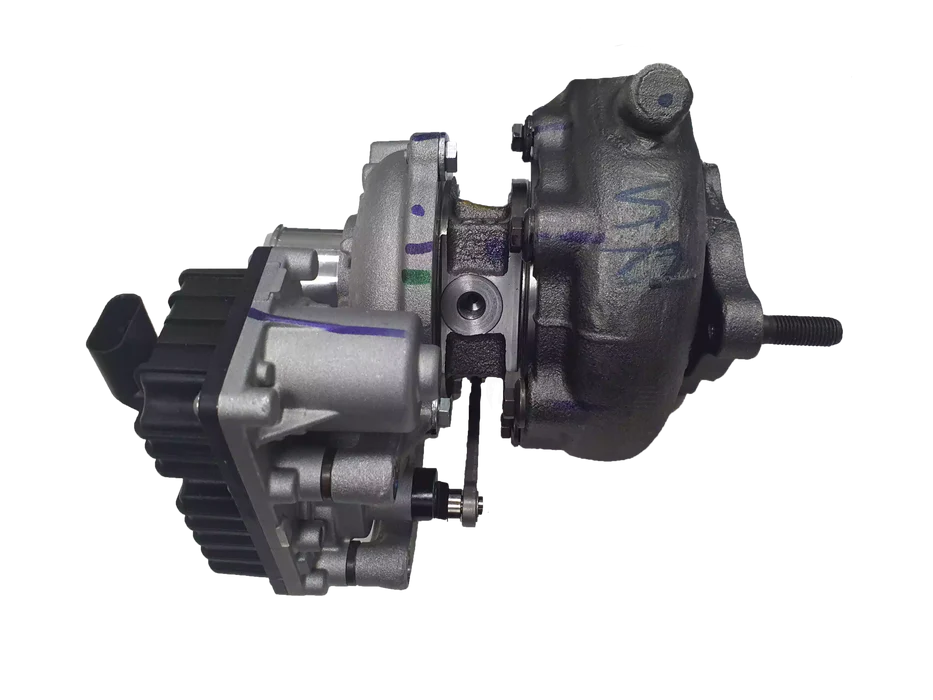
Sends more air to the engine by rotating with the pressure of exhaust gas.
This increases both power and torque.
This feature is present in 1.4L turbo petrol variant.
11. Spark Plug / Glow Plug
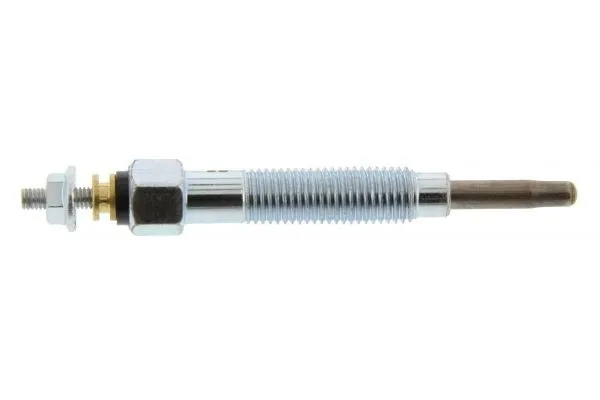
Spark Plug (Petrol) – Produces spark to ignite the mixture.
Glow Plug (Diesel) – Helps to burn fuel even in cold weather.
12. Timing Chain / Belt

Keeps the crankshaft and camshaft in sync at the correct timing.
Seltos has a low-noise timing chain.
13. Oil Pump

Delivers engine oil to all parts.
Reduces friction and keeps the parts cool.
14. Water Pump

Controls the temperature by circulating coolant in the engine.
15. Exhaust Manifold

Sends the gas from all the cylinders together to the exhaust pipe.
16. Intake Manifold

Distributes air or air-fuel mixture equally to all the cylinders.
17. EGR Valve (Exhaust Gas Recirculation)
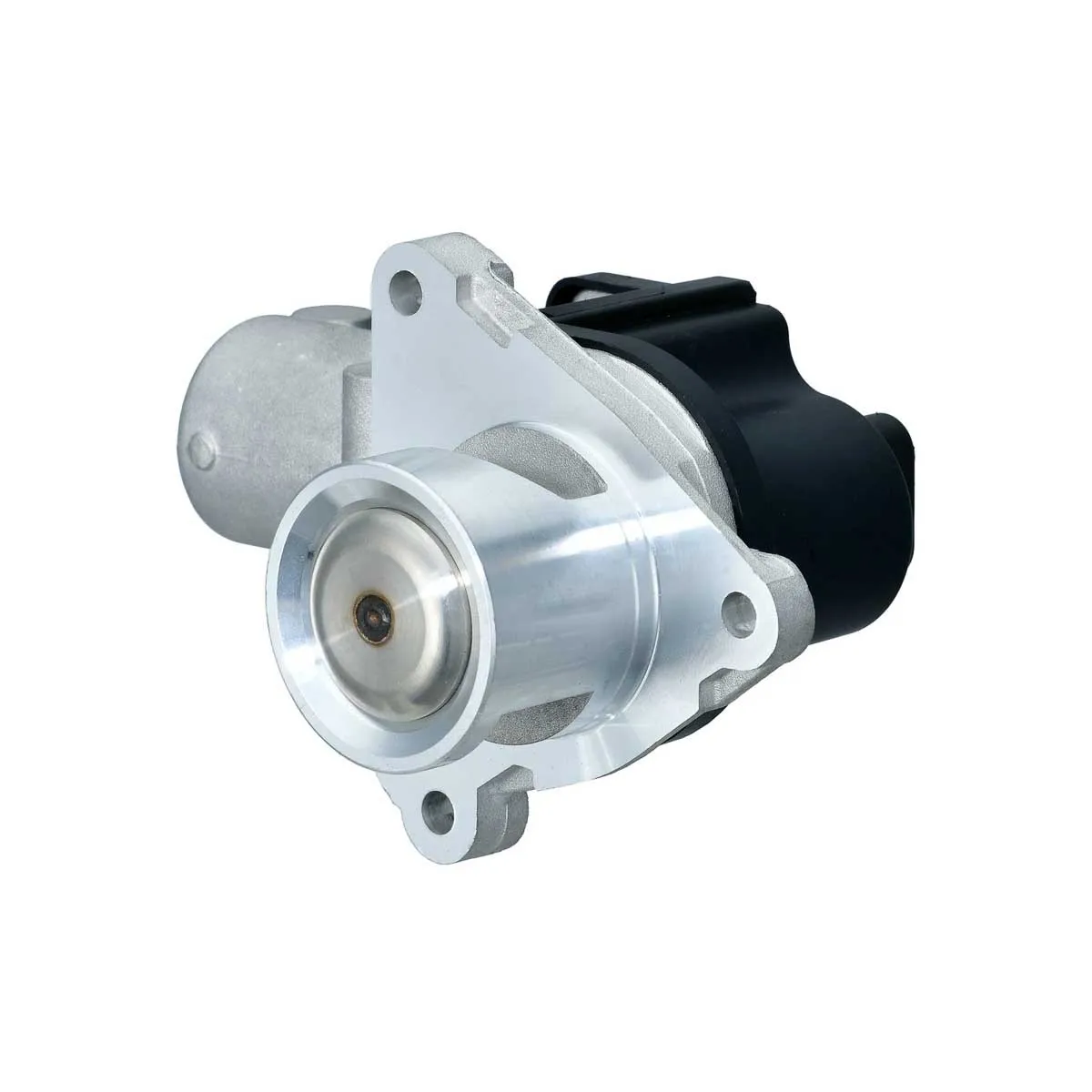
Sends some part of the exhaust gas back to the diesel engine for burning, which reduces pollution.
18. Sensors
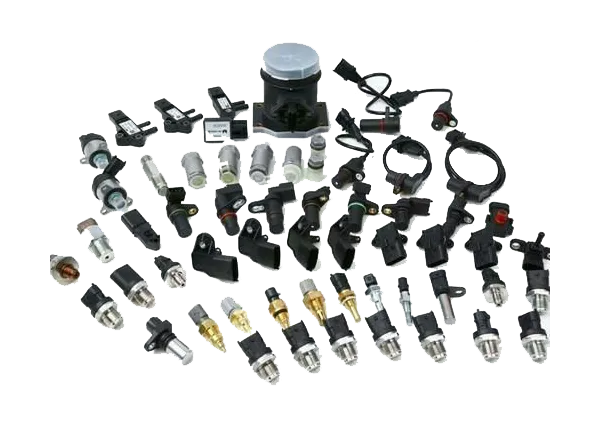
O2, MAF, MAP, Crank Position and Cam Position Sensors – These help the engine run smart and efficient.
Kia Seltos – Engine Specifications in India
| Variant | Engine Type | Power | Torque | Gearbox |
|---|---|---|---|---|
| 1.5L Petrol | Naturally Aspirated | 115PS | 144Nm | MT / IVT |
| 1.5L Turbo Petrol | Turbo-GDI | 160PS | 253Nm | iMT / DCT |
| 1.5L Diesel | CRDi | 116PS | 250Nm | MT / AT |




